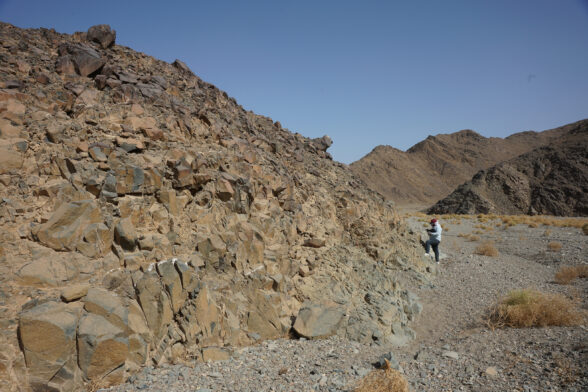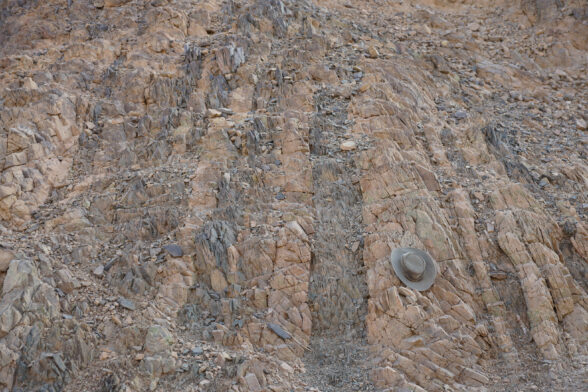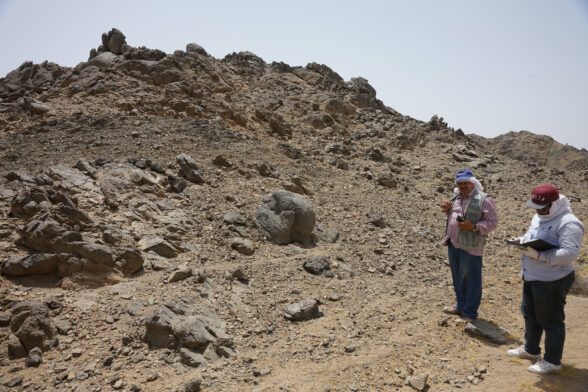The world’s largest plagiogranite formed by reworking of juvenile crust, not in a mid-ocean ridge environment as commonly assumed
The formation of continental crust on Earth was a critical step in the development of the plate tectonic system and the eventual explosion of complex life. However, the mechanism(s) responsible for the generation of continental crust remains debated. The presence of a large quantity of granites is a hallmark of continental crust both as its building blocks and as a way of consolidating such crust. However, a special variety of granite, plagiogranite, is commonly believed to only occur in small volumes, and only in mid-ocean ridge environments.
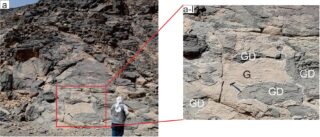
In a recently published paper in Nature journal Communications Earth & Environment, the EDRG team and collaborators report the world’s largest known plagiogranite complex (up to 5,000 km2) in the Eastern Desert of Egypt, near El-Shadli (Figures 1 and 2), which lies in the north-western part of the Neoproterozoic Arabian-Nubian Shield (ANS). Field evidence indicates that the plagiogranite complex, including some mafic members, intruded newly accreted juvenile oceanic terranes. Petrological, geochemical, and isotopic data indicate that the plagiogranite complex was produced by extensive partial melting of the accreted oceanic lower crust (as a proto-continental crust) instead of the previously known mechanisms in mid-ocean ridge environments. The formation was likely linked to mantle plume activity during the break-up of the supercontinent Rodinia (Figure 3). This work documents a previously overlooked mechanism for the formation of plagiogranite, and it could potentially serve as an analogue for the formation and consolidation of some of the earliest continental crust on Earth.
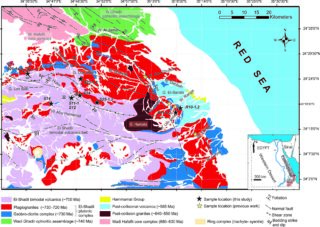
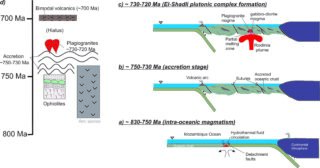
Contact person: Dr Hamed Gamal El Dien & Prof Zheng-Xiang Li, Earth Dynamics Research Group, Curtin University.
Relevant publication:
Gamal El Dien, H., Li, Z.X., Abu Anbar, M., Doucet, L.S., Murphy, J.B., Evans, N.J., Xia, X.P., Li, J., 2021. The largest plagiogranite on Earth formed by re-melting of juvenile proto-continental crust. Communications Earth & Environment, 2, 138. https://doi.org/10.1038/s43247-021-00205-8

